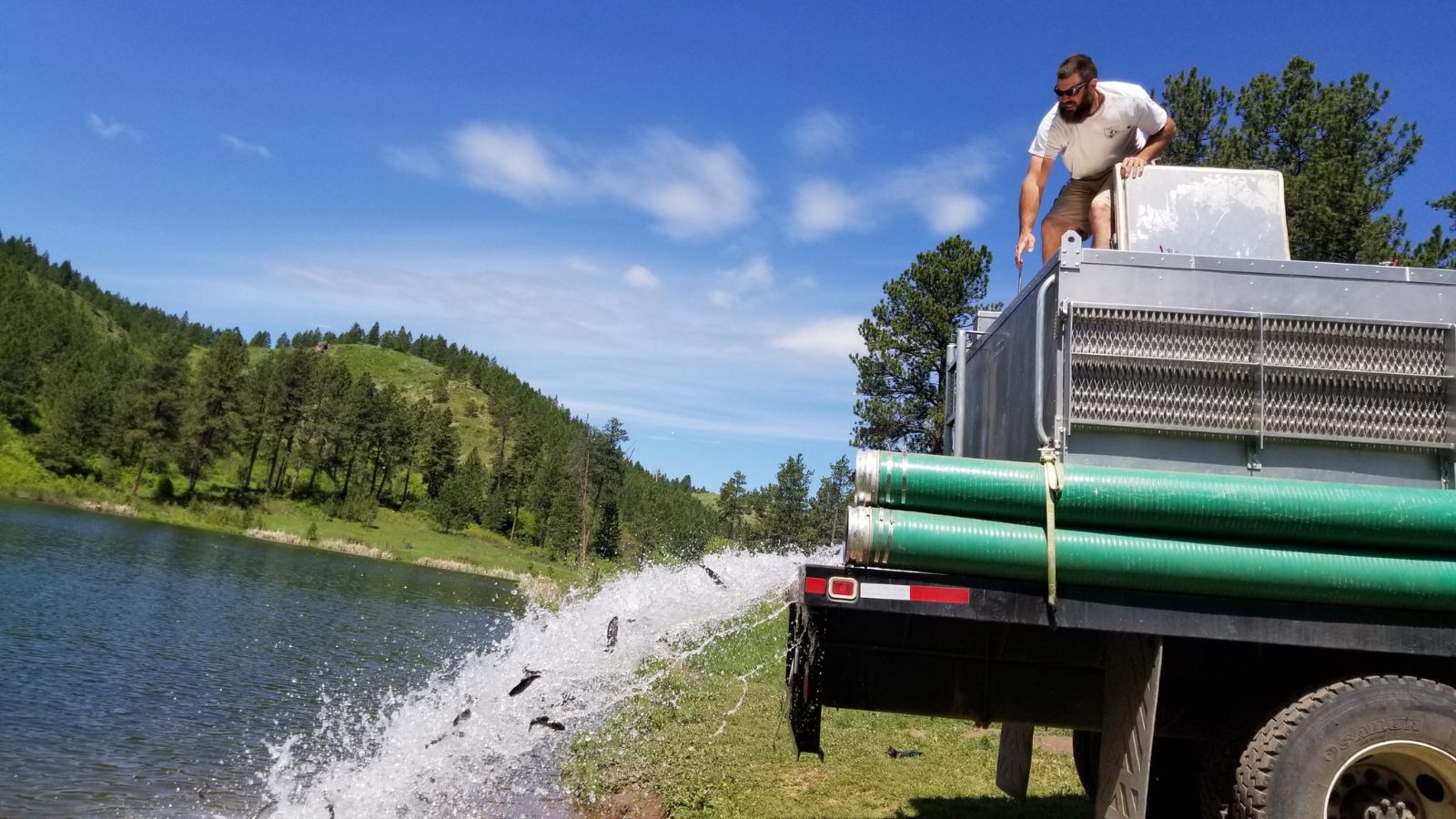In spring, many anglers head to northern streams to fish for trout. They often find plenty to catch because state agencies stock popular fishing locations. This means they supplement the natural trout population with fish that were raised in captivity.
“We want to make sure that there’s enough out there to both support the environment as well as the take that’s going to happen of fish being harvested,” says Amy Teffer, a researcher from the University of Massachusetts.
She says existing stocking programs could provide an opportunity to help fish populations become more resilient to climate change.
She’s working with the U.S. Geological Survey’s Northeast Climate Adaptation Science Center to help identify populations of trout that can better tolerate rising temperatures.
“You have traits that are going to differ between populations within a species. So if we’re talking about brook trout, for example, which is a primary focus of our project, different populations of brook trout have different thermal tolerance. They have different oxygen tolerances. And those ranges kind of slide depending on the conditions that they’ve been historically exposed to,” Teffer says.
She says these traits are hereditary. So carefully choosing which fish are used for stocking programs could help populations adapt to climate change.
Reporting credit: ChavoBart Digital Media
Source link


